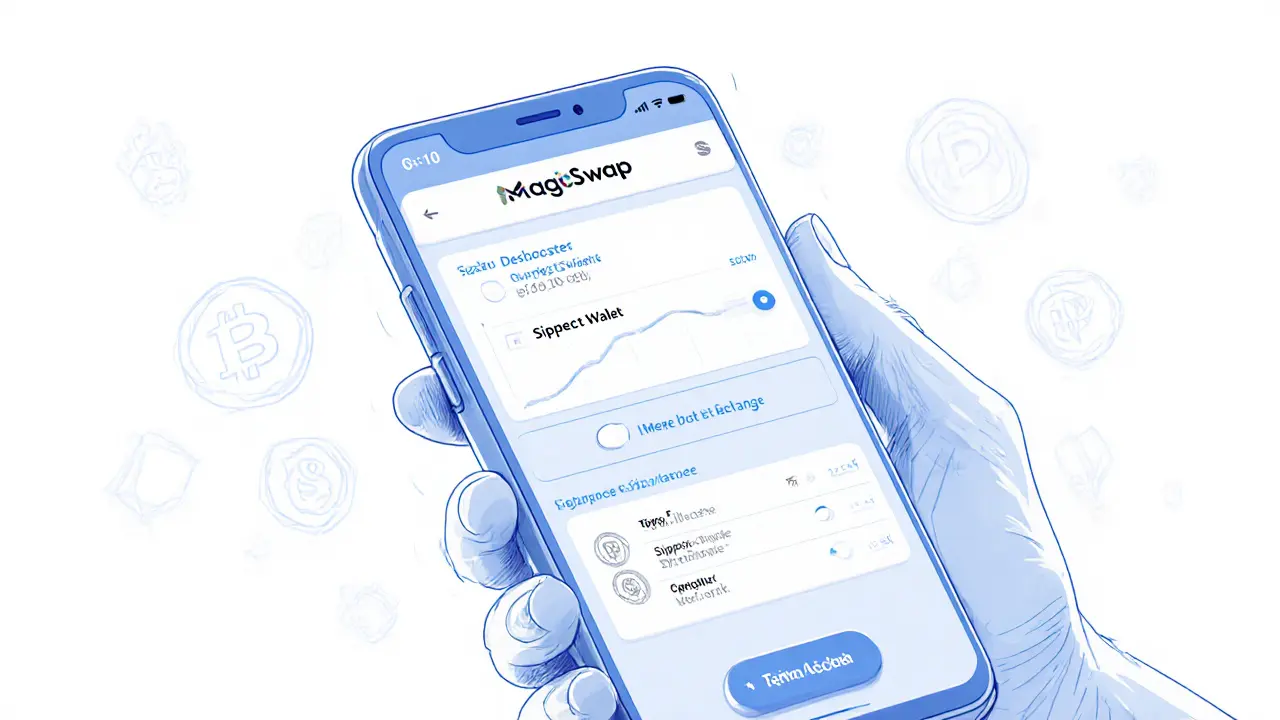Liquidity Analysis: Understanding Market Depth and Trading Risks
When evaluating Liquidity Analysis, the study of how easily an asset can be bought or sold without moving its price. Also known as Liquidity Assessment, it helps traders measure market health and plan entry or exit strategies.
A solid Order Book, the real‑time list of buy and sell orders at various price levels is the backbone of any liquidity analysis. By looking at the depth and spread, you can tell whether a market can absorb large trades. When the order book is thin, even modest orders can cause noticeable price swings – a red flag for swing traders and scalpers alike.
Understanding Market Orders, orders executed immediately at the best available price versus limit orders is crucial. Market orders instantly tap into the existing liquidity, so they reveal how much slippage you might face. Limit orders, on the other hand, sit in the book and add to liquidity until they’re filled or cancelled. Knowing when to use each type reduces surprise costs.
DeFi Lending, protocols that let users lend and borrow crypto assets directly inject additional liquidity into the ecosystem. When lenders supply capital, borrowing demand creates new interest‑bearing assets that circulate on exchanges, often tightening spreads and boosting depth. However, high‑yield lending can also pull liquidity away from spot markets, so analysts keep an eye on lending rates as a liquidity indicator.
Finally, the choice of Crypto Exchange, platform where traders buy, sell, and swap digital assets affects observed liquidity. Centralized exchanges usually pool large order books, while decentralized platforms may have fragmented liquidity across multiple pools. Comparing how each venue handles order routing and fee structures reveals hidden costs and opportunities.
Key Concepts in Liquidity Analysis
By pulling these pieces together, you get a full picture: a deep order book reduces slippage, market orders test real‑time depth, DeFi lending can both support and drain liquidity, and the exchange you trade on determines how easily you can execute trades. Mastering liquidity analysis means constantly monitoring these variables and adjusting your strategy accordingly.
Below you’ll find a curated set of articles that break down each component – from step‑by‑step guides on switching mining pools to detailed reviews of DEXs and exchanges. Whether you’re a beginner learning the basics or an experienced trader fine‑tuning your approach, this collection gives you actionable insight into the forces shaping market liquidity.
MagicSwap Review: Is This New DEX Worth Your Trade?
A concise review of MagicSwap, the new decentralized exchange, covering fees, liquidity, pros, cons, and how it stacks up against major DEX platforms.
VIEW MORE
